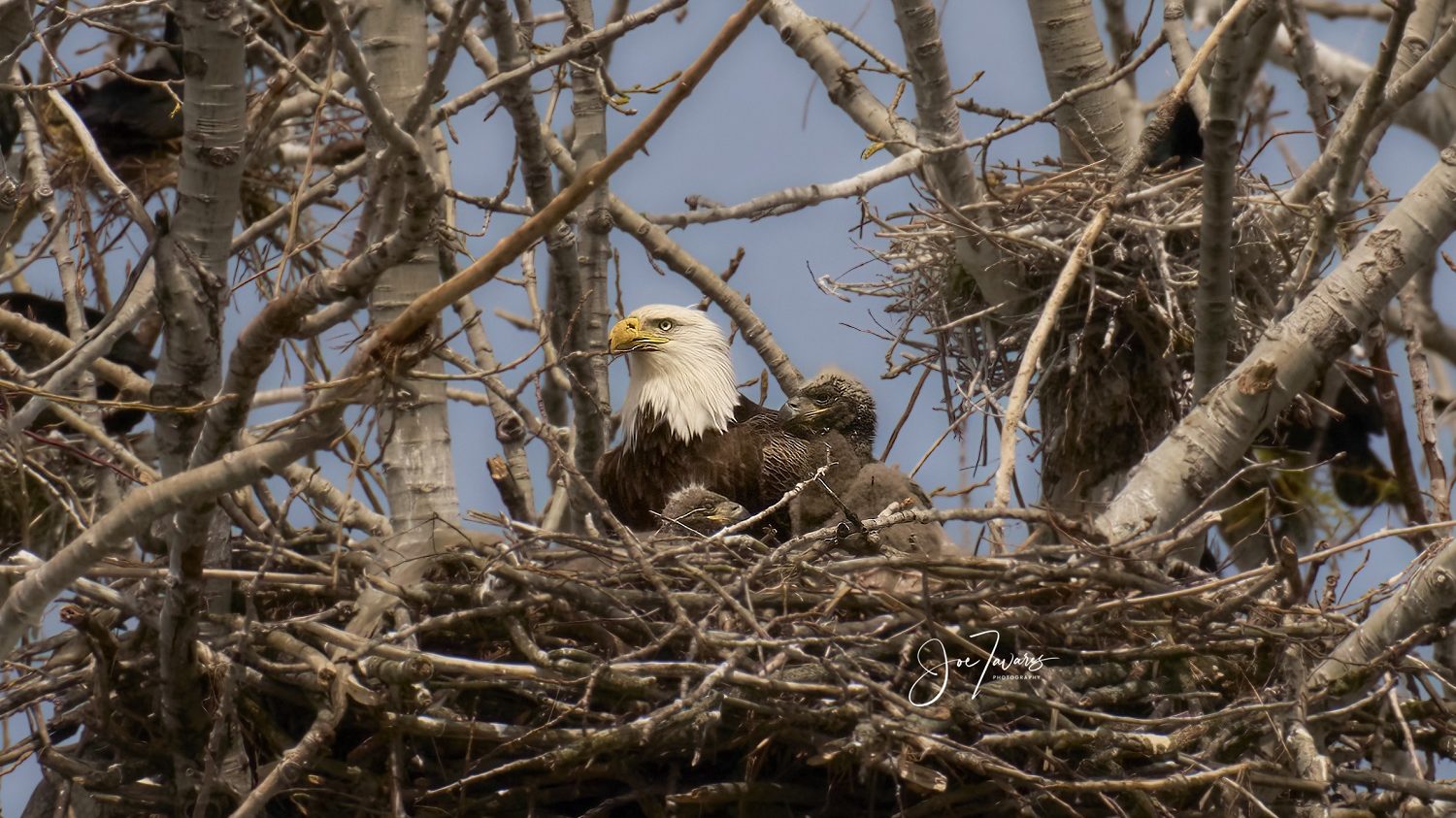Infra
‘History in the making’: Two eaglets spotted at first documented bald eagle nest in Toronto

Back in March, CityNews brought you the story of the first documented bald eagle nest in Toronto. A pair of bald eagles had chosen the area to build their nest, and now, two eaglets have been spotted.
At the time, Toronto and Region Conservation Authority (TRCA) asked members of the public not to disclose the location if they came upon it, as the attention would be detrimental to the nest’s success.
But wildlife photographers have been hoping to catch a glimpse of the eaglets once hatched, and at least one has been successful in doing so.
Joseph Tavares, who has been a wildlife amateur photographer for the past five years, said he has been keeping an eye on the nest since it was reported in March.
“I’ve been going back, watching, watching, watching. And then because of the weather I haven’t gone, and yesterday I decided to go. I went in deep fog, when I went it was completely foggy, so I just waited until the sun came out and then I saw the two eaglets,” he told CityNews on Thursday.
“I can confirm that this pair of bald eagles have successfully produced two healthy eaglets. History in the making indeed,” he wrote to CityNews.
Tavares said he, along with two other photographers, saw the two eaglets on Wednesday.
CityNews reached out to the TRCA and officials confirmed the existence of the two eaglets, which they estimate to be around five- to six-weeks old.
“Toronto and Region Conservation Authority can confirm that two eaglets are being raised in Toronto. Maintaining their habitat and ensuring their welfare are critical priorities for us, which is why we request that all media outlets continue to keep their location undisclosed,” said Karen McDonald, senior manager of Restoration and Infrastructure at TRCA, in an emailed statement.
McDonald said they’ve been observing the eaglets from a distance and they appear to be healthy.
“Eaglets typically remain in their nest until they are about 12 weeks old. There is a risk that disturbance may cause the eaglets to leave the nest too early, before they can fly (prematurely fledging), which can result in injury or death. This is one of the reasons we are keeping the location of the nest undisclosed,” she said.
While CityNews has not disclosed the location of the nest, Tavares said he figured it from other media reports.
However, Tavares said he has kept the nest a secret as well.
The bald eagle nearly went extinct in Ontario half a century ago due to the use of pesticides. Experts have said this nesting is a reflection of decades of habitat rehabilitation along the Toronto shoreline.
In recent years, wildlife experts have seen the numbers returned to much of their former range.
What happens next as eaglets grow
McDonald, with the TRCA, said the eaglets’ parents will continue to feed and care for them, which will increase in frequency as they get bigger.
The eaglets are already flapping their wings and hopping around as they develop and strengthen their flight and leg muscles. They will also preen their feathers as they emerge to weatherproof them.
“Soon, they will start to vocalize loudly for food and over the next six weeks will start ‘branching,’ where they take short hops/mini-flights to branches around their nest,” she said.
“After they successfully fledge (fly away from the nest), they will work to develop their hunting skills while still depending on their parents for food. They may even return to their nest for feedings and to rest.”
McDonald said the eaglets usually become self-sufficient and leave the nesting area when they are around four-and-a-half- to six-months old.
With files from Audra Brown, CityNews










